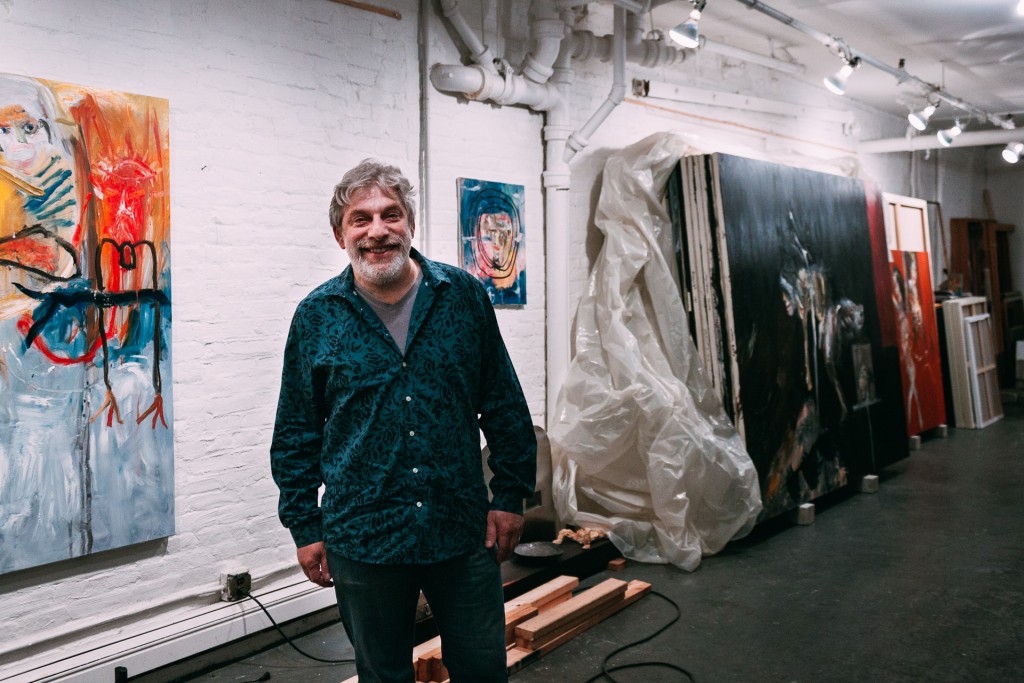
It’s 3pm on a Thursday. School has just been let out and the streets of Cobble Hill are full of humans all under four feet tall. I’m competing with 7 year olds to maintain a spot on the sidewalk. I finally arrive at Michael Hafftka’s studio and am pleasantly surprised. Background research had me prepared for a gloomy tortured artist, as his paintings are dark and woeful. But between his bright studio and the young dads with kids on their shoulders (presumably their own), this interview was lightening up by the minute.
The American figurative neo-expressionist painter works in a humble but large space brimming with his “children”. And by children, I mean his paintings. He refers to them as his children not because he never had any of his own (he has three kids, FYI), but because his works of art are bits and pieces of his soul – he puts every last shred of personal emotion and passion into his paintings.
Represented exclusively by Georges Bergès gallery in Soho, Hafftka has evolved from a young second-generation Holocaust survivor, peddling jewelry on the streets of Manhattan, to a well-respected modern artist with works in permanent collections of The Metropolitan Museum of Art, Museum of Modern Art, Brooklyn Museum of Art, San Francisco Museum of Modern Art, among many others. But before we get to his long list of accomplishments, let’s go back to how it all started:
Art Report: It’s 1980. Where are you?
Michael Hafftka: I was a truck driver, I was a mechanic, I was a welder, I did anything to make money as a kid. You could afford to work a few months then paint a few months back then. This was at the beginning of my career, in my early twenties.
It was an incredible time. I was tune in, turn on, drop out. One of the PROPHETS of the time was Timothy Leary, it was a great time to start experiencing the world through your own visionary experiences.
AR: Did you find yourself in a particular art scene, like the hipsters of the past?
MH: Yes and no. I was traveling so much between Barcelona and other places in Europe. I was always moving around so there was never one specific scene. But when I came back to New York in the 80s that’s when Neo-Expressionism was happening. Keith Haring was on the street, Jean-Michel [Basquiat] was on the street. All this stuff was very new and intense, but we were all a part of it, we went to the same parties, we shared things with the same painters. To some extent we were a part of it, but only to some extent.
AR: How did you get into painting?
MH: I painted as a child, I don’t remember much but my sister told me…my mother died when I was 17 but apparently I painted with her. Anyways, I was always a writer. In 1970, I always thought I was going to be a poet. At a certain point I just had this intense flow of dreams that I thought were the material for poems but they flooded me. There were so many, it was kind of a quasi-mystical experience, it was just so overwhelming so I started sort of drawing them as a kind of short hand, which eventually evolved into painting.
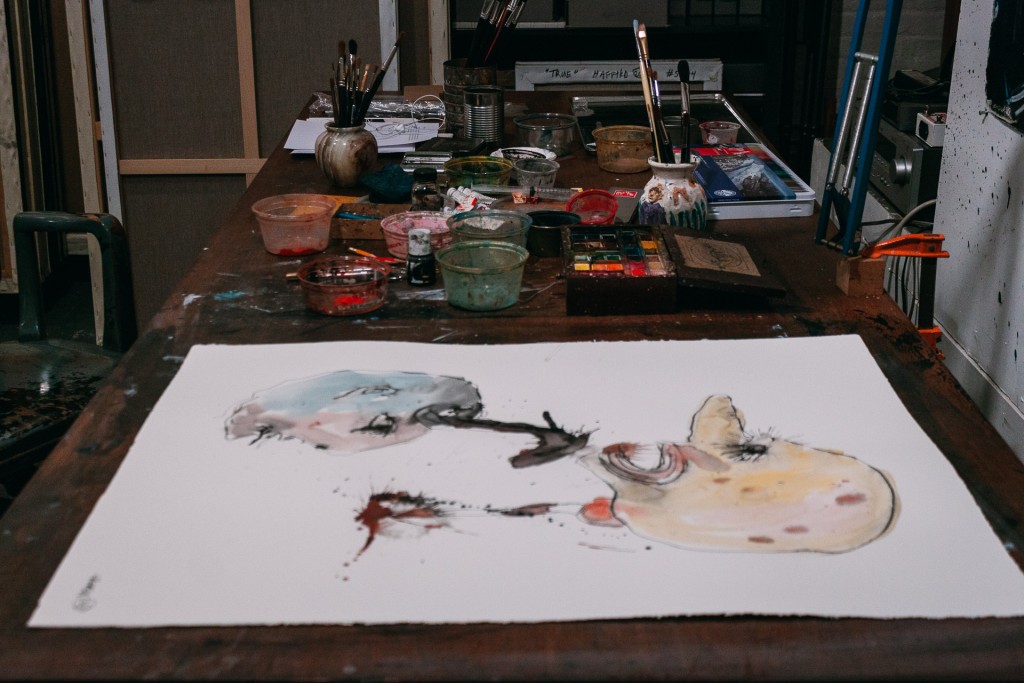
AR: Is it easy to assume that poetry inspires your paintings?
MH: I’m very influenced by poetry. Actually I have worked with a lot of poets including Rosebud Ben-Oni, Tom Sleigh, and then I also painted covers for a few poets.
AR: Where else do you find inspiration?
MH: So many artists, like Francis Bacon, Frank Auerbach, Balthus, and Picasso. I spent a lot of time looking at the entire catalogue of Picasso, it was just insanely inspiring. It’s a complicated thing because you’re in a vacuum where you only see yourself – you truly experience your own orgasmic nature when painting. When you’re young you’re so incredibly naïve, you only see yourself. You can call it a kind of narcissism. You have to completely believe in yourself and your vision to such an extent that it excludes almost everything else.
AR: Do you have any favorite works, or is there any piece that you wouldn’t sell?
MH: It’s sort of like having children…you don’t really have favorites. I have a painting of my father that I love very much because it’s intertwined with my memories. So I live with this painting of my father who is no longer alive but I still feel like I can relate to him.
AR: Do you ever have a rut, or your own type of writer’s block?
MH: No. And the reason I think I don’t is because I start with the most fragile impulse. I will allow anything get me to start [painting]. That doesn’t mean I always create something good, but I’m always working.
If I’m lucky I’ll get on thaT roller coaster and it’s enchanting.
AR: Like a binge?
MH: Yeah, binge is a great word. There is something very similar in a binge to the sort of intensity that one goes into painting. It’s probably healthier. It is like an addiction because it’s so overwhelming and it excludes everyone too. It’s kind of complicated. On one hand when you’re painting someone, like a model or friend, you’re including somebody but you’re so wrapped up in your own world that you’re also totally excluding someone. There’s a double edge sword of being so attentive to the universe and so not attentive at the same time.
AR: On another note, I noticed that you have a rather active Instagram account…
MH: Oh, yes! I love Instagram, it is extraordinary. I started about a year ago because I painted a portrait of Oliver Luckett, who is the CEO of theAudience and he is currently writing a book on social media. The conversation was incredible. We covered many philosophical things and part of it was really the way the world is changing because of social media.
This has been revolutionary for artists…You can paint a painting, take a picture of it with your phone, post it on Instagram, and thousands of people all over the world see it instantly. So, I absolutely love and adore Instagram. I mean, it’s in your pocket, it’s in your bedroom, it’s incredible how intimate Instagram really is.

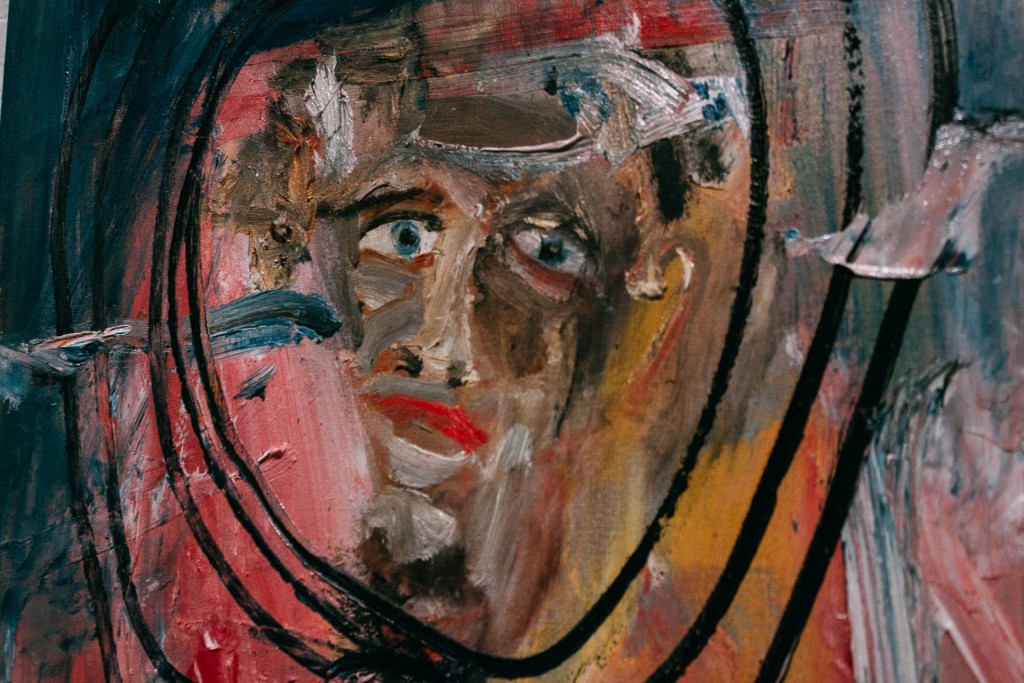
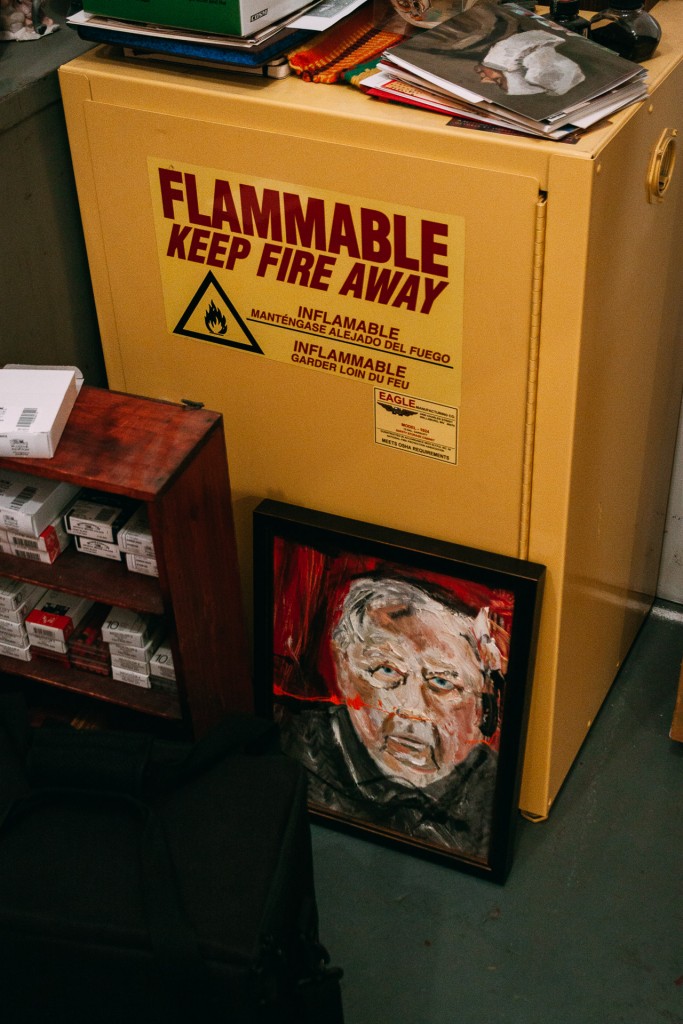
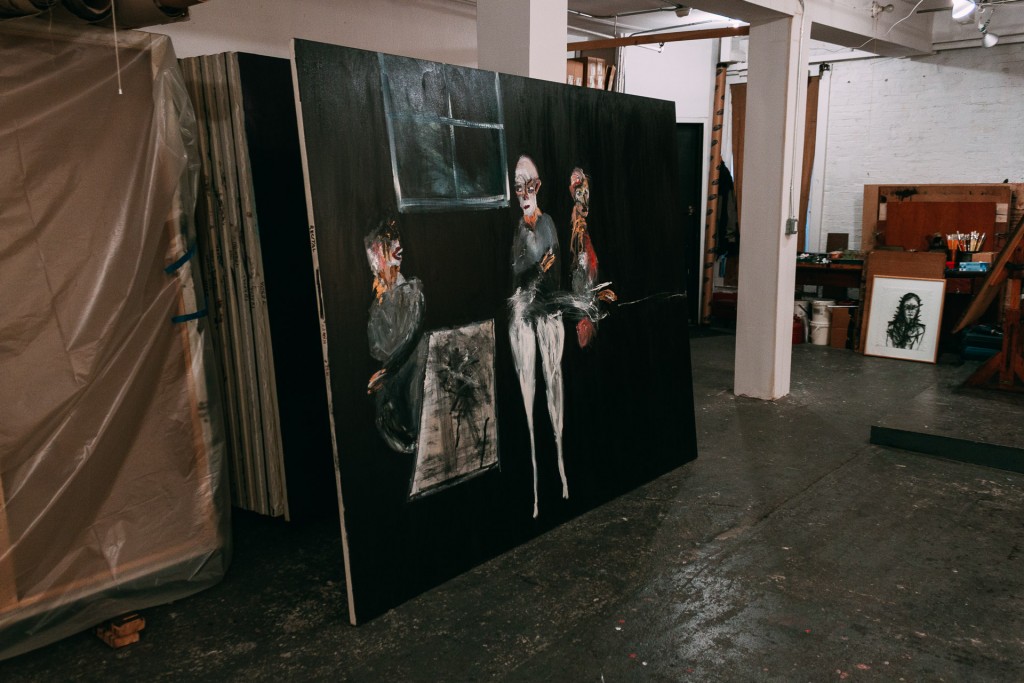
Hafftka just recently had a show at Georges Bergès and currently has works in their group show currently on view. You can check out his personal Instagram (he is an avid user!) as well as his website for more information.
Like this article? Check out our studio visit with painter Barnett Suskind or other entertaining artist interviews.








